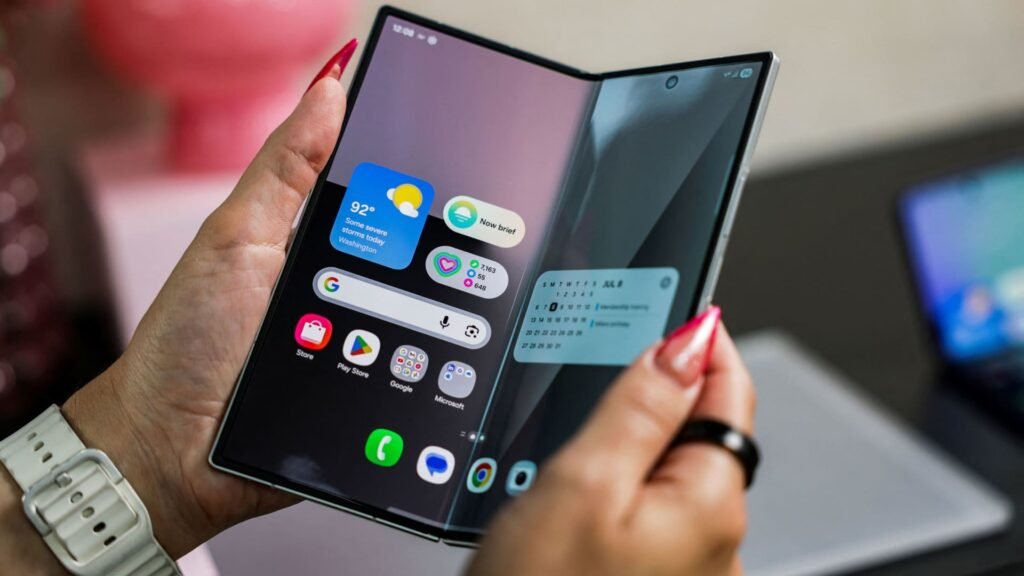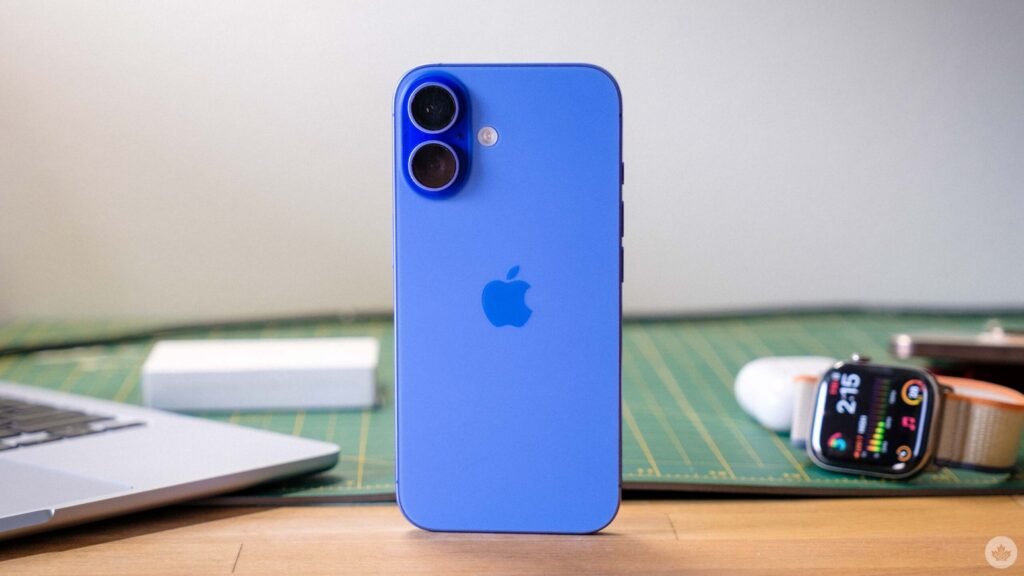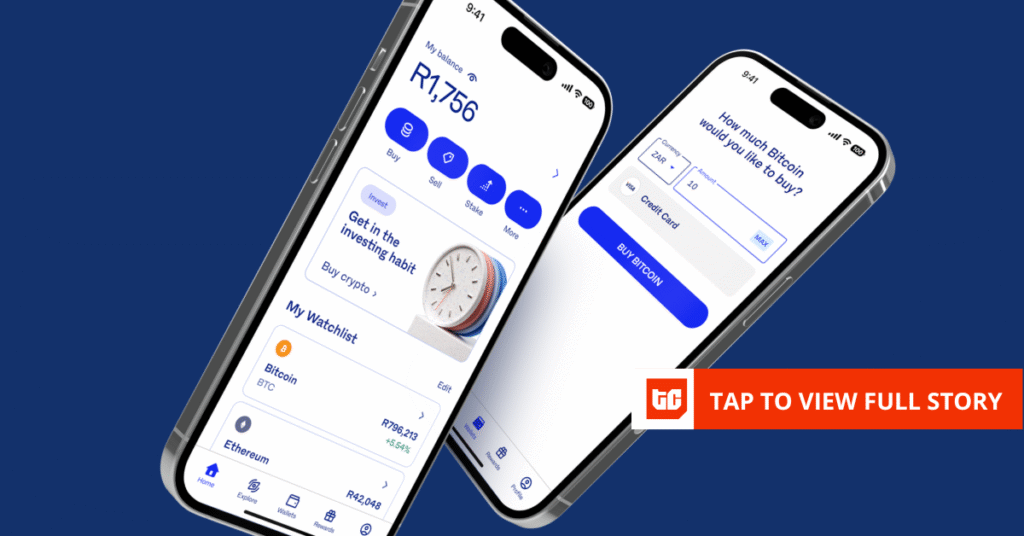What is Blackout Tuesday and how can you participate in a helpful way?


If you’ve noticed your Instagram feed full of black squares, there’s a reason behind it.
It might seem like a straightforward moment of solidarity, but it gets a little bit complicated when you consider the whole picture. In a nutshell: It’s a music industry initiative that’s been picked up by the public (myself included) on Instagram as posts showing just a black square, which have been flagged as potentially unhelpful by some activists as they currently appear. But there are ways to post helpfully if you want to participate.
So, what is Blackout Tuesday?
Blackout Tuesday is day of action across the music industry, which sprang from an initiative created by Atlantic Records’ senior director of marketing Jamila Thomas and former senior director of marketing Brianna Agyemang, called #TheShowMustBePaused, “in observance of the long-standing racism and inequality that exists from the boardroom to the boulevard” in the industry.”
The idea suggested by Thomas and Agyemang was that all music business halts for the day of June 2, and instead the day would be used as a day reflection for future action, “a day to take a beat for an honest, reflective and productive conversation about what actions we need to collectively take to support the Black community,” according to the website.
“The music industry is a multi-billion dollar industry. An industry that has profited predominantly from Black art. Our mission is to hold the industry at large, including major corporations and their partners who benefit from the efforts, struggles and successes of Black people accountable.”
The music industry responded, with major record labels including Universal Music Group, Atlantic Records, Capitol Music Group, Warner Records, Columbia Records, Def Jam, Elektra Music Group, Sony Music, Virgin EMI, and more declaring Tuesday a day when all business would be halted.
View this post on Instagram
“This not a day off,” read Columbia Records’ Instagram post. “Instead, this is a day to reflect and figure out ways to move forward in solidarity. We continue to stand with the Black community, our staff, artists, and peers in the music industry. Perhaps with the music off, we can truly listen.”
Spotify is adding 8 minutes and 46 seconds of silence to certain playlists and podcasts, the same amount of time that white Minneapolis police officer Derek Chauvin pressed his knee against 46-year-old black man George Floyd’s neck and killed him. Chauvin has been arrested and charged with murder.
Other platforms have joined the blackout too. Amazon Music paused social media for the day but kept the platform live, YouTube tweeted in support but also kept the platform live (the platform said previously said it would donate $1 million to the Center for Policing Equity, in “solidarity against racism and violence,”), and Apple Music cancelled its Beats 1 radio schedule and encouraged people to listen to a stream celebrating black artists.
Image: MASHABLE SCREENSHOT
In an example outside the music industry, comedian and late night host Conan O’Brien and his team went silent in solidarity on June 2 on social media and on air.
How does this relate to the Instagram posts?
Here’s where we get to Instagram and the black squares.
The day was then adopted by the public, folks outside the music industry on Instagram, myself included, posting black squares in well-intentioned solidarity, with many using the hashtag #blacklivesmatter. But as some people pointed out, the simple act of posting wasn’t so simple, even if it was in solidarity with the black community.
Here’s how to post, if you’re going to post, or if you’ve already posted.
Don’t use the hashtag #BlackLivesMatter
Although you might want to align your post with the movement itself in solidarity, using the hashtag #BlackLivesMatter pushes all content posted with that hashtag to the bottom of a completely blacked out feed, meaning organisations posting information about protests and activism aren’t easily visible, and people ar
Be the first to write a comment.




